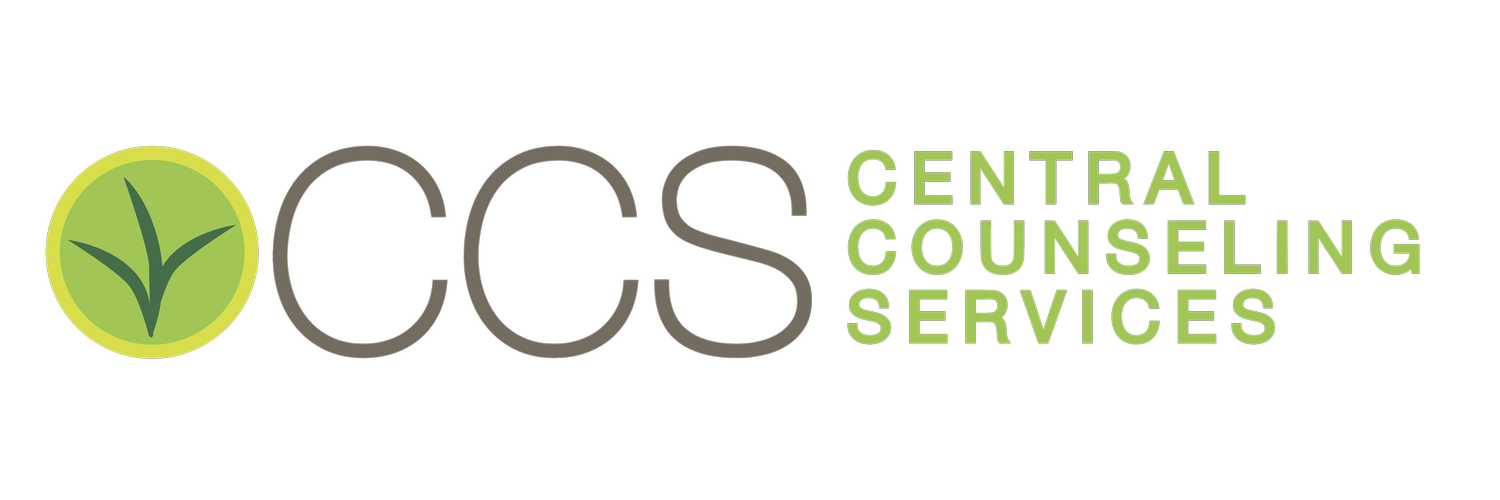Love can be universally found where people are. People who have found their
other half are asked “How did you know he or she is the one?” and most people reply,
“You just know.” This begs the question: is love measurable in research? According to
past research in psychology, love has been measured within relationships and there are
different theories surrounding the subject. One theory within love and relationships is
called Chapman’s Five Love languages. This theory describes and measures love that
can be applied to relationships. Both theories can be interpreted within couples therapy
and provide insight into how partners individually view love. These theories can help
with assessment of couples and their present concerns (compassion fatigue, intimacy,
communication etc.) within couples therapy.
CHapman’s five love languages
In 2009, Dr. Gary Chapman defines five ways of expressing love which are
known as the five love languages. The five love languages consist of receiving gifts, quality time, words of affirmation, acts of service and physical touch. Dr. Chapman suggests that people have a primary and secondary love language. He also advises
that couples must communicate with each other how they would like to express and receive love towards each other in order to avoid conflict. Chapman explains that all love languages are equally important, but people have different preferences.
1.) Words of Affirmation
Words of affirmation is a love language described as shown by verbally communicating appreciation by a partner. It can also be shown by a person complimenting their partner in front of others or praising their partner. Chapman explains that a person complimenting their partner will make their partner feel loved because they are expressing their admiration verbally in front of others.
2.) Quality Time
Quality time is a love language in which the person gives their partner their undivided attention. Chapman explains that quality time can be having a quality of conversation. Quality conversation consists of shared experiences, feelings, thoughts, and desires without interruption. This love language differs from words of affirmation because there is a focus on what the person is hearing from their partner instead of what they are saying to their partner.
3.) Gift Giving
Gift giving is a love language in which a person invests in their relationship by swapping gifts. This love language specifically is seen across cultures as an expression of love and thoughtfulness. For instance, among Hispanic culture it is a custom to buy gifts to bring home to loved ones when traveling. Chapman clarified that gifts do not necessarily have to cost money but feel like a symbol of love.
4.) ACTS OF SERVICE
Acts of service is a love language described as doing things for your partner that you would like you to do for them. An example of acts of service can be household chores or making dinner when your partner needs a break. From a cultural perspective, acts of service can be interpreted in a different way. Chapman advises that acts of service should be done with positive thought and planning.
5.) Physical Touch
Lastly, physical touch is a love language which involves touching, hugging, kissing, handholding, or sexual activity. The five love languages can be easily applied to therapy sessions with couples to learn if they have different love languages and if they are aware of their partner’s love language. Learning about love languages can help therapists with insight on their client’s relationships and help with communication and intimacy.
How can this benefit my relationship?
Since humans grew up within different environments and have different perspectives on how to love, it makes sense to form different theories regarding love and relationships. These love theories can be used within couples therapy and changing the dynamics of romantic relationships. Learning about love languages can help couples who are struggling with intimacy and change how they give and receive love to each other. Whether it is Valentine’s day, an anniversary or a Tuesday, acting upon your partner's love language can improve your relationship.
Written by: Alexa Gonzalez


















